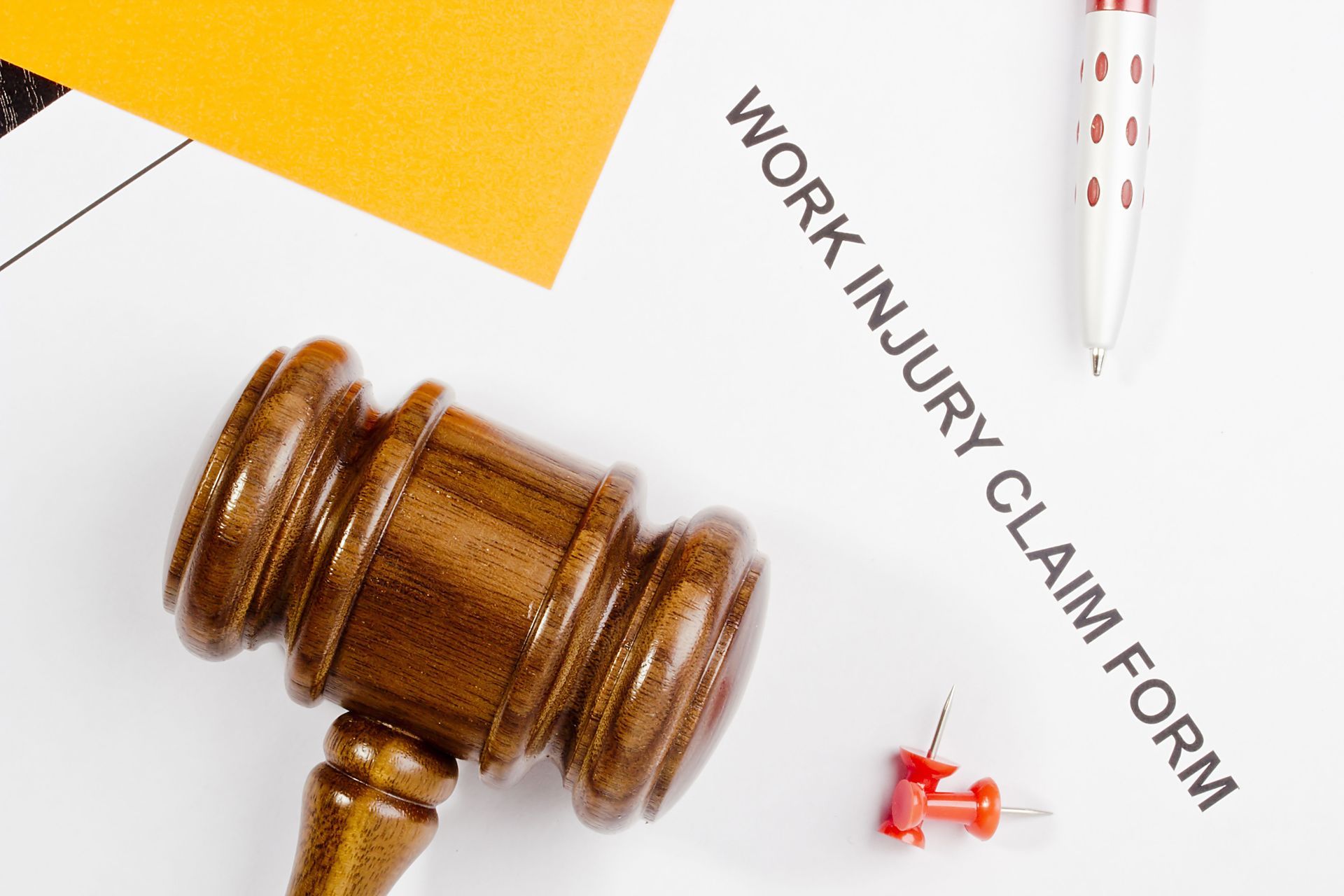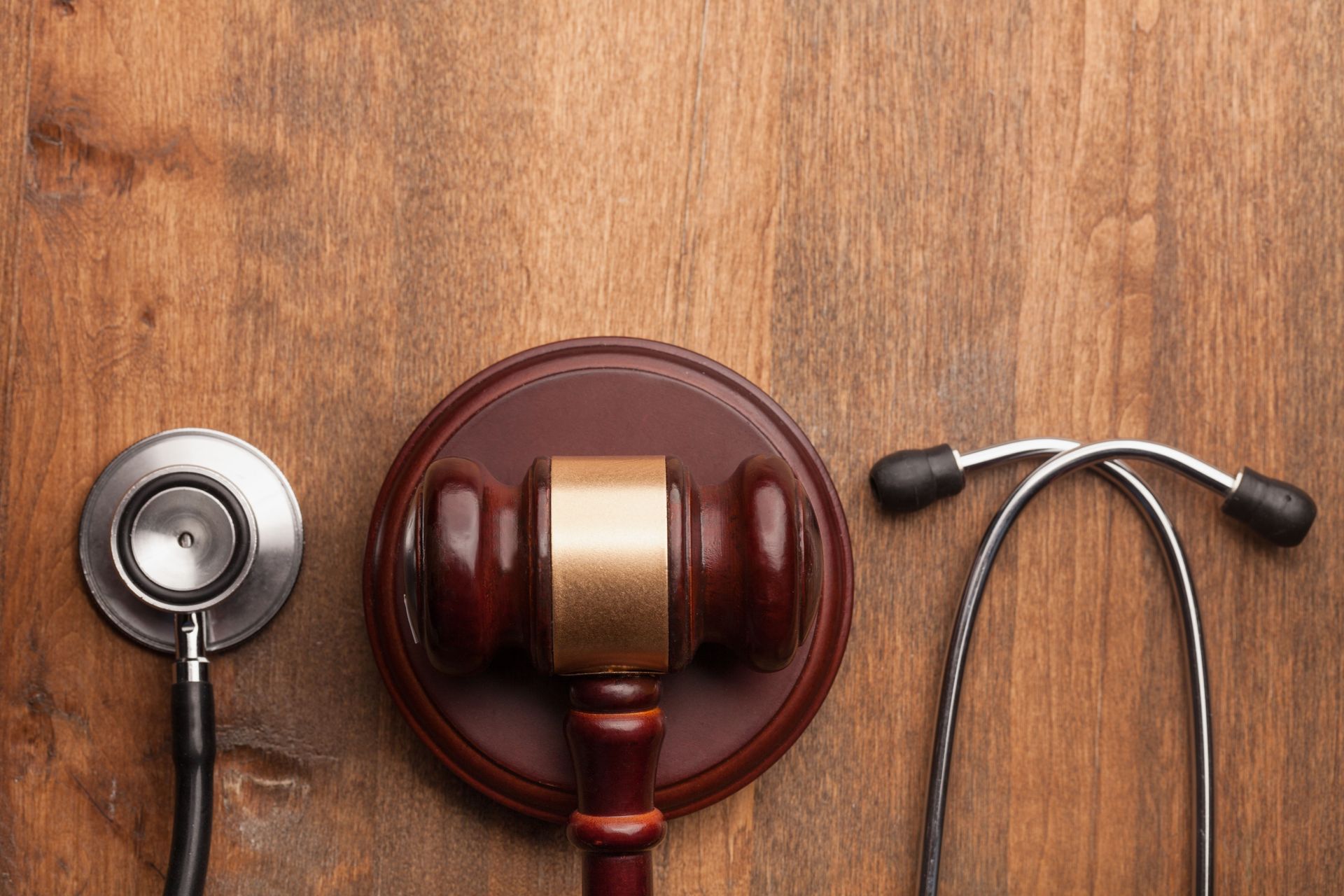Learn How Personal Injury Law Can Benefit You
Explore the pivotal role personal injury law plays in protecting individuals and granting fair compensation. Understanding these legal provisions is essential for navigating unfortunate accidents and mishaps. While unfortunate events cannot always be prevented, knowing your rights and recourse options offers peace of mind and preparedness. Many individuals overlook the importance of personal injury law until they're directly affected by an incident. Please read our guide below to avoid making that risky mistake.
Understanding the Basics
Definition and Scope
Personal injury law encompasses legal remedies and defenses involved in civil lawsuits brought as a result of wrongful conduct. The primary objective is to provide compensation to individuals who have suffered harm due to someone else's negligence or intentional act. The scope of personal injury law covers various situations, including motor vehicle accidents, slip and fall incidents, medical malpractice, and more. It is designed to help victims recover damages that allow them to return to the state they were in before the injury. The legal system aims to enable injured parties to seek monetary compensation for their losses.
Types of Personal Injury Cases
Personal injury cases can be broadly categorized into several types, each with its unique legal considerations. Common types include traffic accidents, workplace injuries, product liability cases, and medical negligence. Each type requires a distinct approach in terms of evidence gathering, expert testimonies, and legal arguments. These cases can vary significantly in complexity, and understanding their nature can aid in evaluating the legal strategies to employ. Regardless of the type, the primary aim remains to secure fair and adequate compensation for the injured party.
Evaluating a Personal Injury Claim
Determining Eligibility and Fault
Determining eligibility for a personal injury claim involves establishing that the injury resulted from another's negligence or wrongdoing. Establishing fault is critical, as it directly impacts the potential outcomes and compensation that can be recovered. Liability is typically determined by examining the circumstances leading to the injury and assessing whether the responsible party failed to exercise reasonable care. The presence of contributory negligence may influence the claim, as it can reduce or eliminate the compensation the injured party can receive. An experienced attorney can guide you through the nuances of proving fault and building a strong case.
Gathering and Preserving Evidence
Evidence is paramount in a personal injury case, as it substantiates the claims made and helps in establishing liability. Gathering evidence involves compiling reports, witness statements, photographs, and any other documentation related to the injury. It's imperative to preserve this evidence accurately and promptly to ensure it remains admissible in court proceedings. Failing to secure essential evidence can significantly weaken a claim, emphasizing the need for diligence in the early stages of the case. Understanding the types of evidence needed and how to preserve them can make a substantial difference in the claim's success.
Calculating Potential Compensation
Calculating potential compensation requires a comprehensive assessment of the injury's direct and indirect impacts on the victim's life. This includes considering medical expenses, lost wages, and future earning capacity, as well as non-economic damages like pain and suffering. Almost 25% of 20-year-olds are expected to be out of work for at least one year before reaching retirement age, according to the Council for Disability Income Awareness, highlighting the importance of considering long-term financial impacts when assessing damages. Calculating compensation involves analyzing both tangible and intangible losses to ensure the victim is justly compensated. Accurate calculation is pivotal, as it guides settlement negotiations and potentially influences the court's decision.
The Process of Filing a Lawsuit
Lodging a Lawsuit: Steps Involved
Filing a lawsuit for a personal injury involves several critical steps, starting with the drafting and submission of a complaint. The complaint outlines the legal basis for the claim, detailing the nature of the injury and the damages sought. Once filed, the defendant is notified and allowed an opportunity to respond, typically with a formal answer or motion to dismiss. The process involves additional steps, such as discovery, where both parties exchange evidence to establish their respective positions. Each stage requires meticulous preparation and adherence to procedural rules to ensure the claim progresses smoothly.
Navigating Through Pre-Trial Procedures
Pre-trial procedures form a critical part of the litigation process, setting the stage for resolution before trial. These procedures may include motions for summary judgment, which aim to resolve the case based on undisputed facts. Discovery is a focal point during pre-trial, as it allows both parties to gather relevant evidence, conduct depositions, and prepare expert witnesses. Effective navigation through these procedures can result in settlements or potentially dismiss cases without the need for a full trial. A comprehensive strategy during pre-trial preparation is crucial for reinforcing the claims and countering any defenses raised by the opposition.
Understanding the Court Process
Understanding the court process in a personal injury case is imperative for adequately preparing and presenting the case. The process typically involves opening statements, presentation of evidence, witness testimonies, and closing arguments. Each phase of the trial offers an opportunity to reinforce the claim through compelling arguments and substantiated evidence. The jury or judge then deliberates and reaches a verdict, determining liability and compensation. A robust understanding of the court process enables strategic planning and effective advocacy throughout the trial.
Recoverable Damages in Personal Injury Cases
Compensatory Damages: Economic and Non-Economic
Compensatory damages in personal injury cases aim to restore the victim to their pre-injury condition, considering both economic and non-economic aspects. Economic damages cover quantifiable losses such as medical bills, rehabilitation costs, and lost income due to diminished working capacity. Non-economic damages, however, account for the subjective aspects of harm, including pain, suffering, and loss of life enjoyment. Together, these compensatory damages reflect the comprehensive impact of the injury on the victim's life, offering a holistic recovery scope. Understanding the distinction helps in accurately assessing the totality of damages sought.
Punitive Damages: Aiming for Deterrence
Punitive damages are distinct from compensatory damages in that they aim to punish the wrongdoer and deter similar conduct. These damages are awarded in cases where the defendant's actions are deemed particularly egregious or reckless, warranting additional penalties. By imposing punitive damages, the legal system seeks to discourage harmful behavior and promote standards of conduct that protect the community. Although not applicable in all cases, they serve as a necessary tool for preserving justice and societal interests. Their imposition reflects the dual purpose of personal injury law: compensating victims and maintaining equitable conduct standards.
Calculating Pain and Suffering
Calculating pain and suffering in personal injury cases is inherently complex, requiring a delicate balance of objective and subjective assessment. The calculation considers factors such as the severity of the injury, recovery time, and the impact on daily activities and quality of life. There is no specific formula, but courts often use a multiplier method to estimate these non-economic damages. This involves multiplying the total economic damages by a number representative of the injury's gravity and duration. Accurate calculation asserts the full extent of the harm and ensures comprehensive compensation reflective of the injury's true impact.
Personal injury law serves as a crucial mechanism for ensuring justice and fair compensation. Equipping oneself with knowledge not only provides guidance in times of need but also empowers individuals to advocate for their rights effectively. Legal provisions bridge the gap between harm and healing, maximizing chances of recovery for those aggrieved through negligence or misconduct. Understanding the nuances of personal injury law prepares individuals to navigate its complexities, instills confidence in their pursuit of justice, and fosters a legally informed and empowered society. Contact Cooley, McFarland & Moore, LLP today to pursue justice for your personal injury.





Share On: